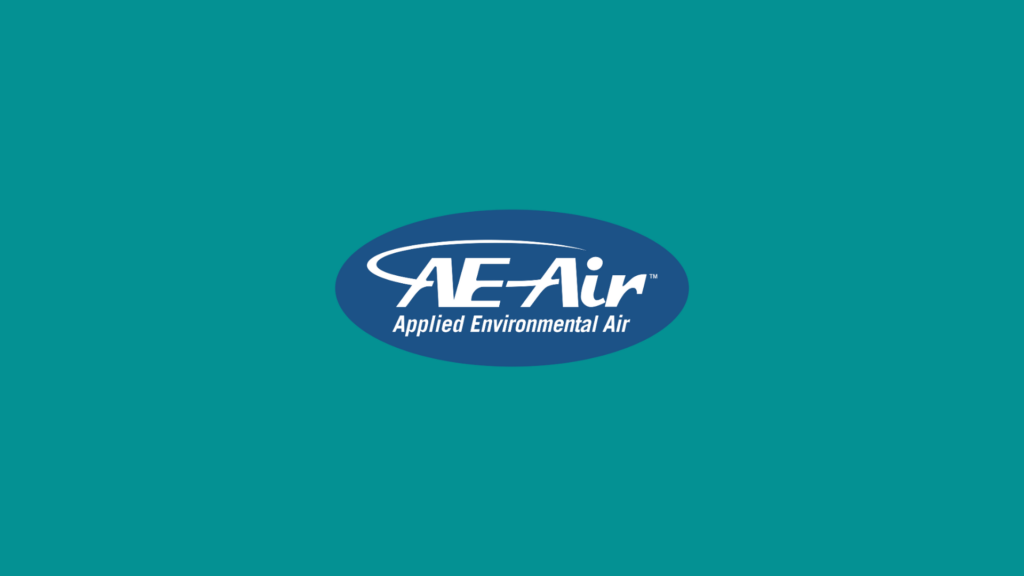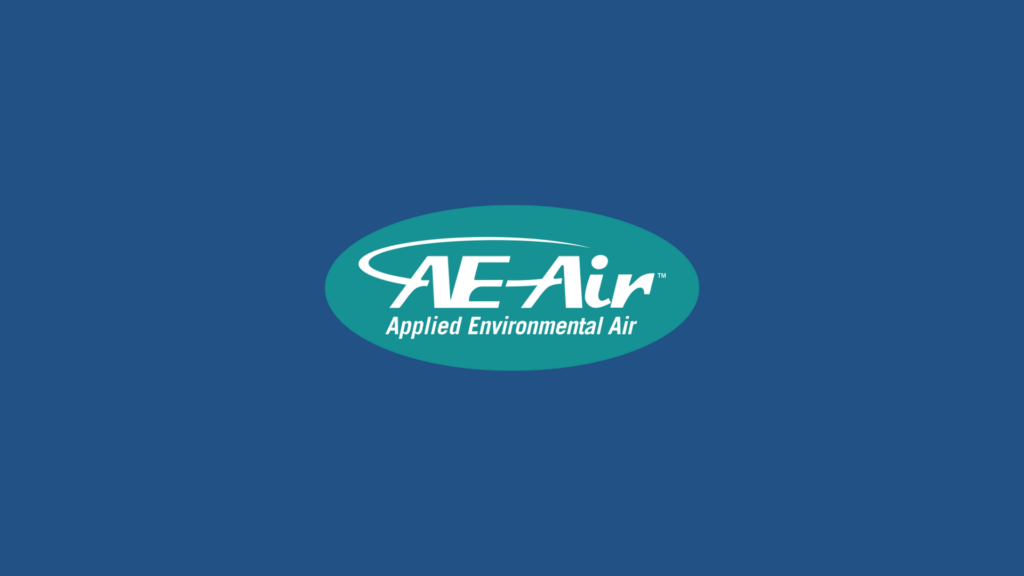Introduction:
Keeping your HVAC system running efficiently is more important than ever. Not only does a well-maintained system save you money on energy bills, but it also provides a more comfortable living environment. Many people don’t realize that simple steps can make a big difference in improving HVAC efficiency. From regular maintenance to upgrading to new technologies, there are several ways to ensure your system works at its best.
One of the easiest ways to enhance HVAC efficiency is through routine maintenance. Regular check-ups help to identify and fix minor issues before they become major problems. Maintaining your system can extend its lifespan and ensure it operates year-round smoothly.
We will explore more of these simple yet effective strategies in detail to help you maximize HVAC efficiency and save money.
Regular Maintenance for Optimal Performance
Scheduled HVAC maintenance is crucial for running your system efficiently and extending its lifespan. Regular maintenance ensures that all components function properly, preventing small issues from turning into costly repairs. A well-maintained HVAC system operates more efficiently, leading to lower energy bills and a more comfortable home environment.
There are several steps to keep your HVAC system in top condition:
1. Change Air Filters Regularly: Dirty air filters can restrict airflow, making your system work harder than necessary. Change air filters every one to three months to maintain optimal airflow and efficiency.
2. Clean Coils and Components: Dust and debris can accumulate on the coils and other components of your HVAC system. Cleaning these parts regularly will help maintain efficient operation. Remove any visible dirt and vacuum around the unit to keep it clean.
3. Check and Clear Vents: Blocked vents can decrease efficiency. Ensure that all vents are open and not obstructed by furniture or other objects. This allows air to flow freely throughout your home.
4. Inspect the Thermostat: Make sure your thermostat is working correctly and is set to the desired temperature. Consider upgrading to a programmable or smart thermostat for better control and energy savings.
Upgrading to Energy-Efficient Equipment
Investing in energy-efficient HVAC equipment can significantly save energy bills and improve your home’s comfort. Upgrading older units to newer, energy-efficient models reduces energy consumption and enhances performance and reliability. Here are some energy-efficient HVAC upgrades to consider:
1. High-Efficiency Air Conditioners: Modern air conditioners with a high Seasonal Energy Efficiency Ratio (SEER) use less energy to cool your home. Look for units with a SEER rating of 15 or higher.
2. Energy-Efficient Furnaces: Newer furnaces have higher Annual Fuel Utilization Efficiency (AFUE) ratings, meaning they convert more fuel into heat, reducing energy waste. Choose furnaces with an AFUE rating of 90% or higher.
3. Heat Pumps: Heat pumps are an excellent energy-efficient option for both heating and cooling. They transfer heat rather than generate it, using less energy. Consider options like air-source heat pumps or geothermal heat pumps.
4. Variable-Speed HVAC Systems: These systems adjust their operation speed based on the heating or cooling demand, providing consistent comfort and using less energy than single-speed systems.
5. Ductless Mini-Split Systems: Ideal for homes without ductwork, these systems offer high-efficiency zoned heating and cooling. They are easy to install and provide targeted comfort where needed.
Smart Thermostats and Zoning Systems
Smart thermostats and zoning systems have transformed how we control indoor temperatures, providing both convenience and energy savings. Smart thermostats, like the popular Nest or Ecobee models, offer features that traditional thermostats can’t match. These devices learn your schedule and preferences, automatically adjusting the temperature to keep your home comfortable while optimizing energy use.
Key features and benefits of smart thermostats include:
1. Remote Access: Control your HVAC system from anywhere using a smartphone app, allowing for adjustments on the go.
2. Energy Reports: Get detailed insights into your energy usage, helping you identify patterns and save on utility bills.
3. Learning Capabilities: Smart thermostats adapt to your routines, setting temperatures automatically based on your habits.
4. Integration with Smart Home Devices: Many smart thermostats work with other smart home devices, such as Amazon Alexa or Google Home, enabling voice control and enhanced automation.
Zoning systems divide your home into distinct areas, or zones, each with its own temperature control. This allows for precise adjustments in different parts of the house, ensuring comfort and efficiency. Here’s how zoning improves HVAC efficiency and comfort:
1. Targeted Heating and Cooling: Focus energy only where it’s needed, reducing waste and improving comfort in specific areas.
2. Customized Comfort: Different zones can have different temperature settings, perfect for homes with varying comfort needs.
3. Energy Savings: By cooling or heating only occupied zones, you use less energy, leading to lower utility bills.
Improving Home Insulation and Sealing
Proper insulation and sealing are essential for maintaining HVAC efficiency. Good insulation helps keep your home warm in the winter and cool in the summer, reducing the need for your HVAC system to work harder. Sealing gaps and cracks prevents conditioned air from escaping, ensuring that your home stays comfortable year-round.
Here’s how insulation and sealing contribute to HVAC efficiency:
1. Temperature Stability: Insulation helps maintain a consistent indoor temperature, reducing the workload on your HVAC system.
2. Energy Savings: By keeping conditioned air inside and preventing outside air from entering, your HVAC system uses less energy, leading to lower bills.
3. Enhanced Comfort: Proper insulation and sealing eliminate drafts, creating a more comfortable living environment.
Tips for identifying and addressing areas that need better insulation or sealing:
1. Check for Drafts: Walk around your home on a windy day to identify drafts. Common areas include windows, doors, and electrical outlets.
2. Inspect Attic and Basement: These areas are often sources of heat loss. Ensure your attic and basement have proper insulation.
3. Seal Windows and Doors: Use weatherstripping or caulking to seal gaps around windows and doors. Ensure that doors and windows close tightly.
4. Insulate Ductwork: Leaky ducts can cause significant energy loss. Insulate and seal ducts to improve HVAC efficiency.
Conclusion
Improving HVAC efficiency is not just about saving money; it’s also about enhancing your home’s comfort and contributing to a more sustainable environment. By focusing on regular maintenance, upgrading to energy-efficient equipment, leveraging smart thermostats and zoning systems, and improving your home’s insulation and sealing, you can achieve significant efficiency improvements.
At AE Air, we craft meticulously engineered HVAC solutions that integrate seamlessly with modern architecture. Contact our HVAC experts today to explore how we can help you enhance your HVAC efficiency. Let’s work together to create a more comfortable and energy-efficient home.


